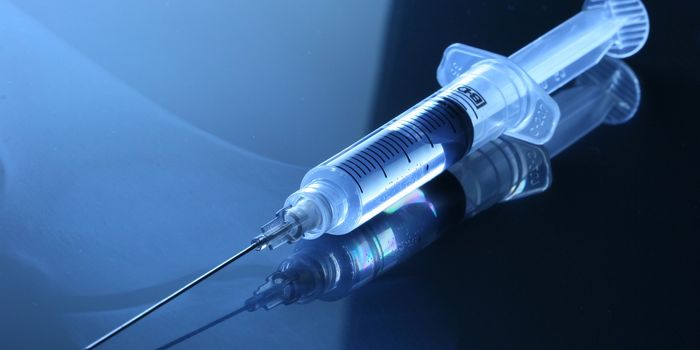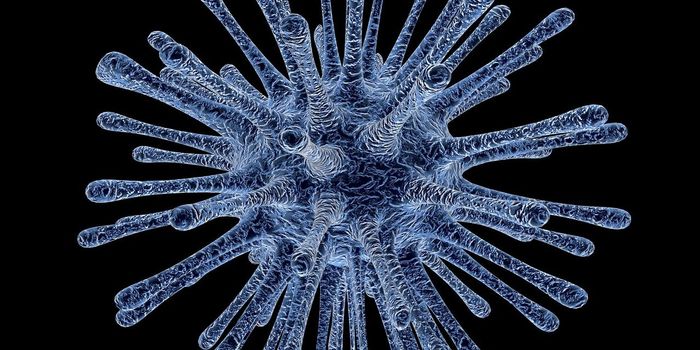Allergy Shots May Work for Kids with Pollen Food Allergy Syndrome
It’s not common for young children to develop pollen food allergy syndrome (PFAS), but for those that do, there’s not too much parents can do other than help their children avoid offending foods. However, new research shows that allergy shots may be effective at providing relief for pediatric PFAS patients.
Research has shown that allergy shots, or “subcutaneous immunotherapy,” is effective for adults, but this study is one of the first to show the same effect in children. On a basic level, immunotherapy works to address disease by stimulating the body’s natural immune responses already in place. Immunotherapy has been studied in recent years as a way to treat cancer and, more recently, HIV.
PFAS, previously known simply as “oral allergy syndrome” (OAS), is characterized by a hypersensitivity to cross-reacting allergens found in both pollen (usually from trees, weeds, and grasses) and plant foods such as raw fruits, vegetables, spices, and nuts. Someone with PFAS is initially sensitized to the pollen allergen (most commonly birch pollen) and later sensitized to the food allergen. PFAS patients experience the classic symptoms of an allergy: itchy mouth and throat and swelling of the lips, mouth, tongue, and throat.
A small study of 20 pediatric patients between nine and 18 years old, all reporting PFAS symptoms, showed the first signs of success with allergy shots for PFAS. The study participants were given allergy shots to treat a variety of grass allergies (mugwort, timothy, and orchard). Over half (55%) reported either improvement or resolution of allergy symptoms, and 20% reported unchanged symptoms. The remaining four participants reported “they hadn’t tried to reintroduce foods they’d previously reacted to.”
“Research has shown that adults who are receive allergy shots see improvement in PFAS symptoms, but the effect hasn’t been widely shown in pediatric patients,” explained co-author Alana Jones, DO. “We think it’s an important finding, especially for kids who are receiving allergy shots and also suffering from PFAS.”
Sources: American College of Allergy, Asthma, and Immunology Annual Scientific Meeting, Dermatitis








